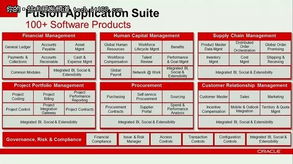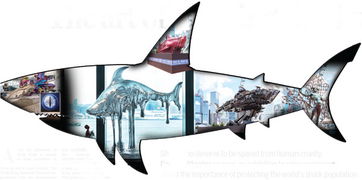Content:

Embarking on a fishing trip near the shore can be both exhilarating and challenging, especially when targeting species like the common carp (Cyprinus carpio). These resilient fish are known for their ability to navigate shallow waters and can be quite elusive for the unprepared angler. However, with the right techniques and a bit of patience, catching carp near the shore can be a highly rewarding experience. In this article, we will delve into the art of bank fishing for carp, focusing on the essential tips and tricks to increase your chances of success.
Understanding Carp Behavior Near the Shore
Before we delve into the fishing techniques, it's crucial to understand the behavior of carp near the shore. Carp are known to frequent shallow waters for various reasons, including spawning, feeding, and seeking shade. They are often found in areas with dense vegetation, fallen trees, or any form of cover that provides protection from predators and the elements.
Choosing the Right Equipment
The first step in successful bank fishing for carp is to equip yourself with the right gear. Here are some essential items you should consider:
Rod and Reel: A medium to heavy-action rod with a sensitive tip is ideal for carp. A spinning reel with a good drag system will help you manage the fight when a big fish takes the bait.
Line: Use a strong, abrasion-resistant line, such as braid or fluorocarbon, with a breaking strain of at least 10-15 pounds. This will ensure that your line can withstand the test of a strong carp.
Hook: A size 6-10 carp hook with a wide gap is recommended. This will allow you to present the bait effectively and ensure a good grip on the fish.
Bait: Carp are opportunistic feeders and will take a variety of baits. Common options include boilies, pellets, corn, and bread. Choose baits that are known to work well in your local waters.
Leach or Lead Weight: Depending on the depth of the water and the strength of the current, you may need a leach or a lead weight to keep your bait on the bottom.
Setting Up Your Bank Fishing Station
When setting up your bank fishing station, consider the following tips:
Choose the Right Spot: Look for areas with a mix of open water and cover. This could be a transition zone between deeper water and the shore, or an area with plenty of submerged vegetation.
Position Your Rod: Angle your rod slightly towards the water to allow for natural movements of the bait. Ensure that your rod is secure and can withstand the weight of a carp.
Keep an Eye on Your Bait: Use a float or a bobber to keep an eye on your bait. This will help you detect when a carp is taking the bait.
Essential Techniques for Bank Fishing Carp
Now that you have your equipment and are set up, let's explore some essential techniques for catching carp near the shore:
Dead Baiting: This involves placing a piece of bait on the hook and letting it sit on the bottom. Carp are attracted to natural movements, so try to create a slow and erratic fall by gently twitching the rod tip.
Trolling: For deeper water or stronger currents, you can use a slow-trolling technique. Attach a lead weight to your line and slowly reel in while keeping your rod tip low to maintain contact with the bottom.
Plopping: This technique involves casting your bait out into the water and then letting it sink to the bottom. Once it hits the bottom, give it a quick, sharp pull to mimic the movement of a struggling prey.
Feeding the Fish: Carp are known to follow food sources. By regularly casting out a small amount of bait, you can attract fish to your area. This is known as "feeding the fish."
Timing: Carp are most active during the early morning and late evening. These are the best times to fish, as the fish are more likely to be feeding.
Conclusion
Catching carp near the shore can be a fulfilling and enjoyable experience with the right approach. By understanding the behavior of carp, choosing the appropriate equipment, and employing effective techniques, you can increase your chances of success. Remember to be patient and persistent, as carp can be quite cautious. With practice and experience, you'll soon become a master of bank fishing for these magnificent fish. Happy fishing!












